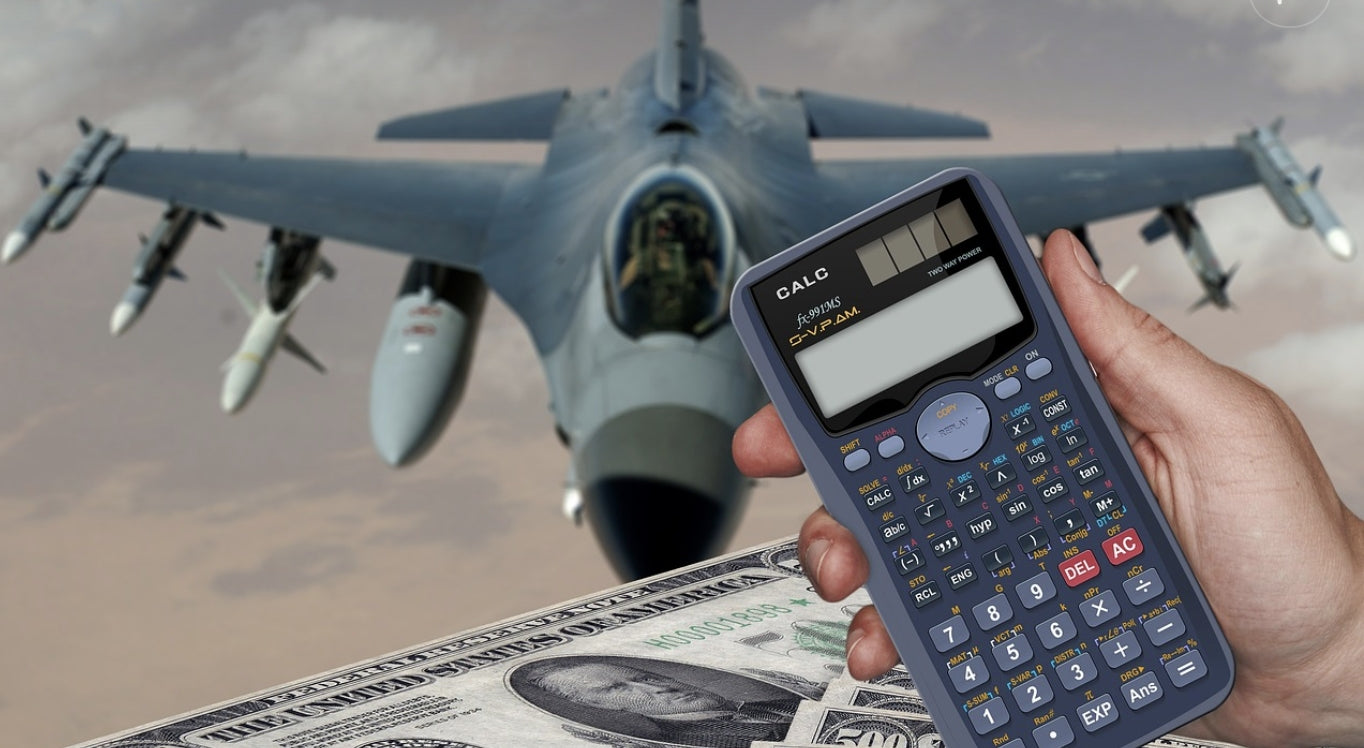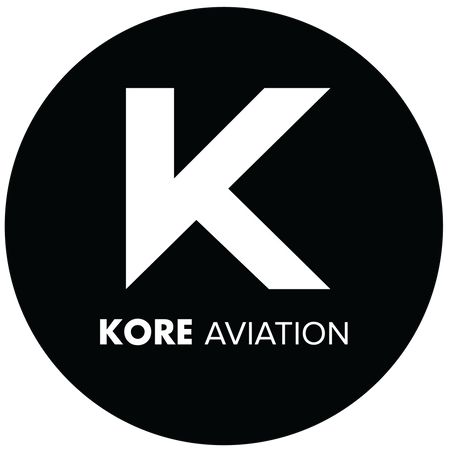
Kore Aviation - When you first explore the idea of becoming a pilot, your eyes likely go straight to one big number: tuition. While that sticker price can be high enough to take your breath away, it's often just the beginning.
So, what are the hidden costs of flight school beyond tuition? From gear to testing, travel, and time, there are several less obvious expenses that can make a major impact on your budget and timeline.
These hidden costs don’t always show up in brochures or consultations, but they are very real and can sneak up on you fast.
1. Pilot Equipment You’ll Have to Buy
Flight schools might provide some shared resources, but you'll still need to invest in your own gear. These aren’t optional items, and trying to cut corners can backfire.
Here’s what you’ll likely need to purchase yourself:
-
Aviation Headset
Expect to spend $200 to $1,000 on a quality headset. It’s worth investing in one with noise canceling microphones to protect your hearing and help you focus in-flight. Kore Aviation offers several affordable options for student pilots, designed to keep you comfortable and focused in the cockpit without draining your budget. -
Flight Bag and Charts
You’ll need a flight bag, current aeronautical charts, E6B flight computer, and kneeboard. These add up quickly, often hitting the $300 mark or more. -
Uniforms (if required)
Some programs require specific flight uniforms or attire.
These are upfront expenses you’ll handle before you even log your first hour. It’s smart to get the full equipment list early and plan for it in your training budget.
2. Exam and Licensing Fees
Your tuition often doesn't include one of the most critical steps: certification. These are mandatory fees you’ll pay no matter where you train.
Here’s what to expect:
- FAA Knowledge Test: Around $175 per attempt
- Check rides: These practical exams can cost between $500 and $800 each
- Medical Certificate: Depending on the class, the exam runs about $75 to $200
Over the course of your training, especially if you pursue multiple ratings, you can expect to spend at least $1,500 on exams and certifications.
Discover More: How to become a pilot? Costs, TSA and Hours of Flight Training
3. Instructor and Aircraft Time Overruns
Flight schools typically quote tuition based on FAA minimum hours. In reality, most students need more time. Delays caused by weather, aircraft availability, or just needing extra practice are common.
If you go beyond the built-in flight hours, every extra lesson or aircraft rental costs more. You might pay between $150 and $250 per hour for additional training, depending on the school and aircraft type.
Ask your school whether their tuition includes minimum hours only, or average completion time. That detail alone could mean a difference of thousands of dollars.
4. Housing, Transportation, and Living Expenses
If you need to relocate for training, you’ll face additional living expenses. Even local students may spend more than expected on transportation, meals, and time off from work.
Some examples:
- Rent or temporary housing near the airport
- Fuel and vehicle costs if commuting
- Meals and day-to-day spending
- Time away from income-producing work
These indirect costs can stretch over several months of training and affect your overall timeline.
5. Extra Ratings, Simulator Time, and Career Prep
Becoming a private pilot is just the first step if your goal is a career in aviation. Most students will go on to earn their instrument rating, commercial certificate, and often a CFI certificate.
You may also need simulator time or prep sessions that your school does not include in the main tuition. Additionally, some programs charge extra for career coaching, resume reviews, or airline hiring prep.
Always ask which costs are included and which ones are add-ons.
6. Insurance and Medical Costs
Many flight schools require student pilots to carry renters insurance. It protects you in case of accidental damage to an aircraft during training and typically runs $150 to $250 per year.
There’s also the chance your FAA medical exam may require follow-up visits or additional testing. Even healthy students should set aside a small buffer for unexpected medical paperwork or secondary evaluations.
How to Budget for Hidden Flight School Costs
To protect your timeline and reduce stress, create a realistic budget that includes more than just tuition. A good rule of thumb is to add 20 to 30 percent on top of the advertised price. This will give you breathing room for extra hours, surprise fees, and necessary gear.
Talk to graduates of your chosen school and ask how much they actually spent. It’s one of the best ways to get an honest picture.
Is flight school worth it? Only if you're ready for the full cost.
Want to keep your aviation gear budget under control without sacrificing quality? Explore Kore Aviation’s full line of student-tested headsets and accessories.
FAQ: Hidden Costs of Flight School in the U.S.
-
How much does flight school really cost in the U.S.?
Tuition for a full professional training path often ranges from $70,000 to over $100,000. Once you add gear, test fees, living costs, and extra training hours, the real number can be significantly higher. -
Is everything included in flight school tuition?
Not usually. While some programs may package items together, most do not include check ride fees, gear, insurance, or extra hours if you go beyond FAA minimums. -
What gear do I need to buy on my own?
Every student needs a headset, kneeboard, charts, a logbook, and basic flight planning tools. A dependable headset is key. Kore Aviation’s student-friendly headsets provide high-quality audio with built-in noise-canceling microphones at an affordable price. -
Can I use loans or VA benefits to cover hidden costs?
Sometimes. If you attend a degree-granting program, you may be eligible for federal loans or VA funding that extends beyond tuition. But in most cases, gear and testing costs come out of pocket. -
Do I need flight training insurance?
Yes, if your school requires it. Student pilot renters insurance is common and provides liability coverage. It’s usually an annual fee under $250. -
Why do most students exceed the minimum training hours?
Real-life training doesn’t always match FAA minimums. Weather, personal pacing, and skill development all affect how many hours you’ll actually need to be test-ready. Most students need 10 to 20 more hours than advertised. -
How can I manage these hidden costs more effectively?
Start with a clear, itemized budget. Add a margin for overruns. Buy reliable gear up front so you’re not replacing things mid-training. Use school-provided cost estimates and talk with recent grads to set realistic expectations.
Final Thoughts
Understanding the hidden costs of flight school beyond tuition helps you train smarter and budget better. Tuition might be the headline number, but it’s just one part of the full picture.
Looking for affordable, student-trusted gear? Check out Kore Aviation’s full lineup of aviation headsets. Thousands of student pilots count on Kore to stay focused and confident from first solo to final check ride.
